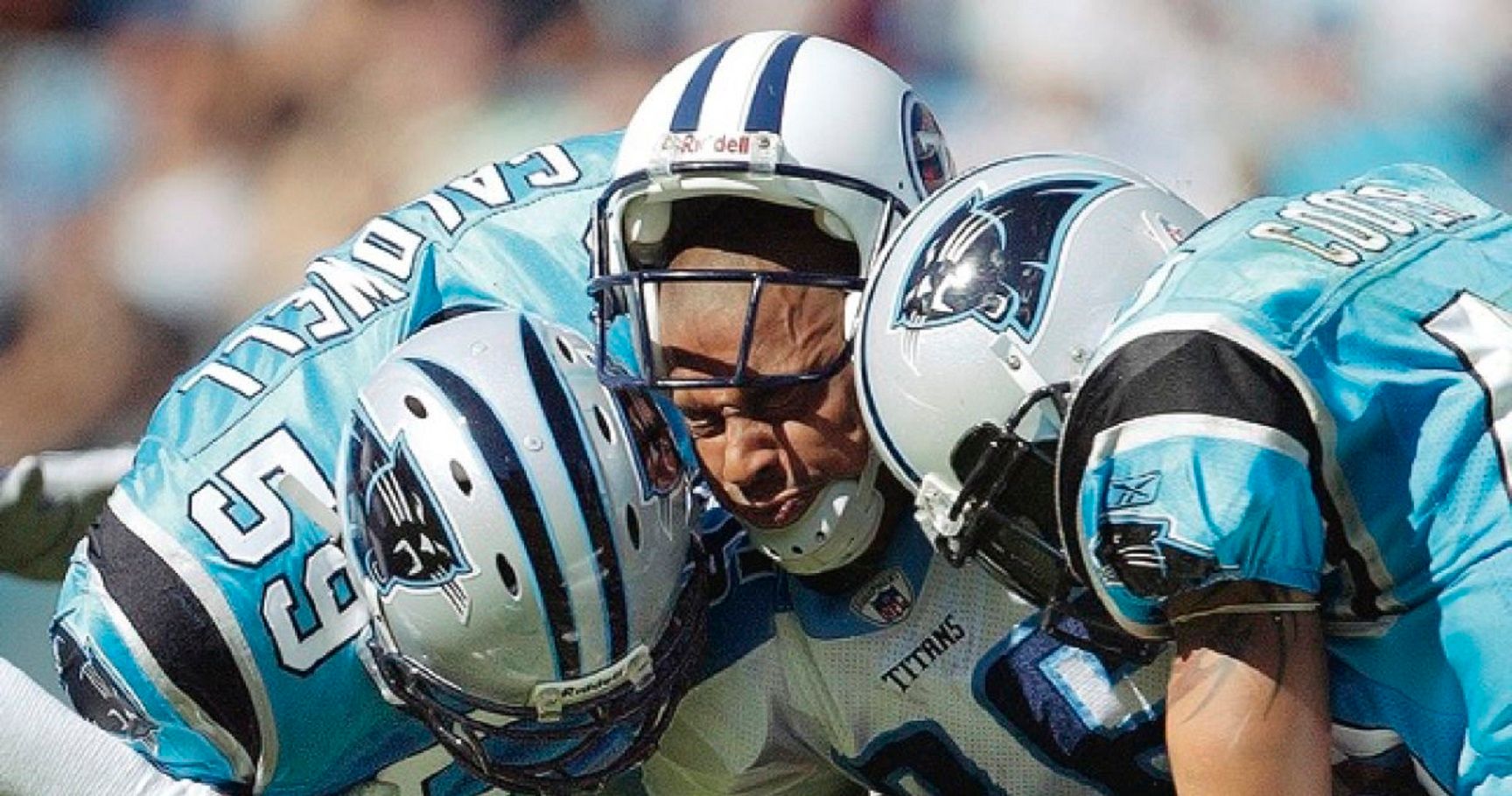 If you’re into sports like basketball, baseball, and football—whether as an athlete or as an enthusiast or follower—you’re probably familiar with the word “concussion,” as it’s often linked to players missing action after, say, a bad fall. They go into what is called a concussion protocol.
If you’re into sports like basketball, baseball, and football—whether as an athlete or as an enthusiast or follower—you’re probably familiar with the word “concussion,” as it’s often linked to players missing action after, say, a bad fall. They go into what is called a concussion protocol.
Traumatic brain injuries or TBIs, on the other hand, are terms associated with a huge injury mechanism such as a car mishap, a gunshot, or wounds sustained from combat. Also, TBIs are encompassing; the important thing to remember here is that all concussions are TBIs, but not all TBIs are concussions.
To better understand this, it is vital to go back to the term “trauma,” which is a medical term referring to damage in the body due to force, which can be in the form of a hit, a crush, or a cut. For example, a laceration is as much trauma as a sprain or fracture. When the trauma occurs on or in the head, then it can be both a concussion and TBI.
Concussions are a form of closed brain injury and are considered mild as they don’t pose an immediate danger of death. However, they are hard to diagnose and must be duly monitored as they can lead to long-term consequences. Repeated hits to the head, as in boxing or football, can in time cause depression and other psychological dysfunctions.

Concussion specialists need not wait for loss of consciousness or amnesia to put affected individuals under concussion protocols. All in all, while an open traumatic brain injury is indeed devastating, closed ones are seen by specialists as equally dangerous.
Dr. Curtis Cripe is the head of research and development at the NTL Group, which specializes in neuroengineering programs aimed at the diagnosis and treatment of neurological disorders connected to head injury, depression, anxiety, memory disorders, and learning disorders. More information on Dr. Cripe’s current projects here.